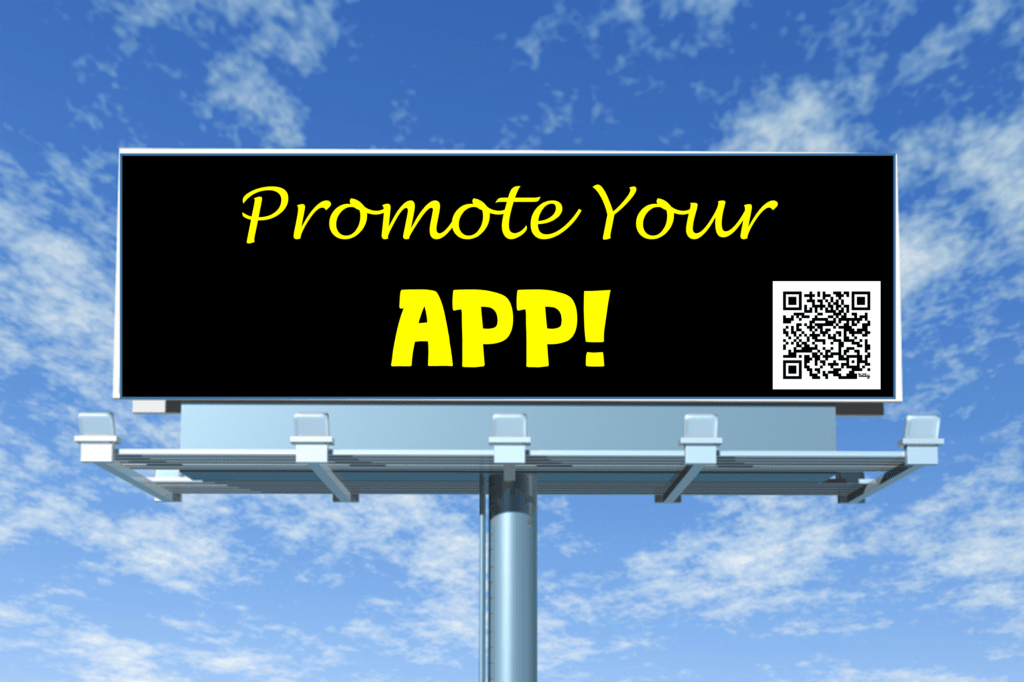
It’s the middle of the spring book, your station is not having a great year, you have no marketing budget, and still, you’re trying to make something happen.
The good news? You’re not alone.
The even better news? There IS something you can do that is additive, strategic, and free (assuming your station has invested in a mobile app).
If that interests you, keep reading. That because I’m going to make the case for you to double – or even triple – down on your station’s mobile app. (If you still don’t have one, I have a solution for you at the end of this post.)
Now, I know some of you are thinking, “Fred, how crass. You own a mobile app company. This is just another of your self-serving recommendations that is good for you, but what about US?”
And to that I say, it’s a true win-win for us – and for broadcast radio.
Our new Techsurvey is loaded with useful data – much of it tracked over several years – about the increasing value of mobile apps for radio. I’ll share some of that compelling data with you in today’s blog post. But earlier this week, Alan Burns and Cumulus/Westwood One collaborated on their own research study focused on women.
Conducted among 1,001 U.S. women (15-64 years-old last fall), Cumulus/Westwood’s Audio Active Group® partnered with Burns & Associates to put together an actionable playbook for marketers targeting female consumers.
female consumers.
Their study also quotes Techsurvey 2024, which is appreciated by this camp. It is always a plus when researchers and marketers find points of agreement. “What Women Want” concludes that “streaming has become more important as working women commute less.” They also cite the lack of working AM/FM radios at home, a consistently important finding from our Techsurveys.
But one of their big takeaways is the lack of awareness of station mobile apps by women. They note that in our TS24 that “only 38% of women have downloaded their most preferred station streaming app” – and for both Westwood and Burns that set off their alarms.
Their recommendations? Stations that still don’t have their own app need to get with the program. And for those that do, a concerted effort to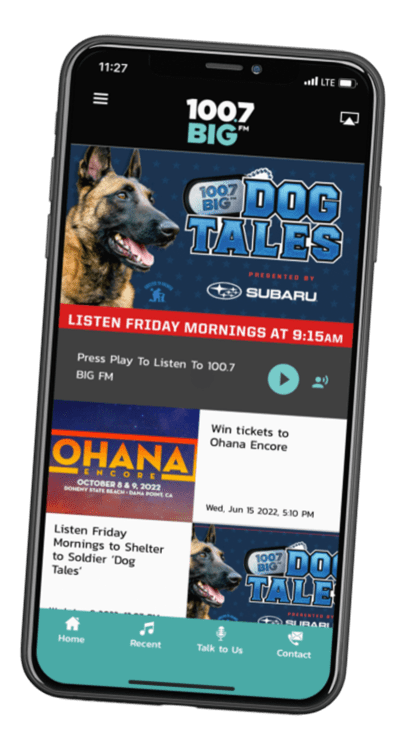 market streaming apps should be implemented, including putting listeners on the air to walk them through the downloading process.
market streaming apps should be implemented, including putting listeners on the air to walk them through the downloading process.
Moreover, they conclude broadcasters need to treat mobile apps as if they were marketing “a brand new product that has never existed.” Citing the need for creative promos, they point to plucking on women’s emotional heartstrings in an effort to stimulate them into taking action steps to access a station’s mobile app.
There are other compelling insights in this study, and I recommend you spend time with it, especially if female-targeted radio (or other products) is part of your media portfolio.
But as it relates to some of our newest findings in Techsurvey 2024, it is essential radio gets the message about the value and utility of mobile apps, and the need to connect with the audience to facilitate their continued listening – especially outside the car. As both digital listening and digital revenue continue to ascent, why wouldn’t you want to make it as easy for your customers – the audience and advertisers – to benefit from your station’s marketing abilities?
It starts with understanding how consumers are gravitating to different platforms to accommodate their fluid lifestyles.
When it comes to how core radio listeners are streaming their P1 station, we’re looking at changes, especially post-pandemic. The chart below illustrates the trendline for favorite station streaming on station websites, mobile apps, and smart speakers.

More and more, the audience is taking radio with them as they participate in other activities – work, exercise, walking the dog, gardening, hanging out at the beach – you name it. As we posited when we launched jacapps, mobile apps would restore broadcast radio’s portability, lost with the demise of Walkman-like devices.
Streaming a radio station using a mobile app over the station website is already taking place among fans of Hot AC and Sports Radio stations.
And over time, we continue to witness the meteoric rise of mobile apps as one of the key tools in radio’s digital tool box. The chart below emphasizes TS24 respondents who know their P1 station has a mobile app and they’ve downloaded it.
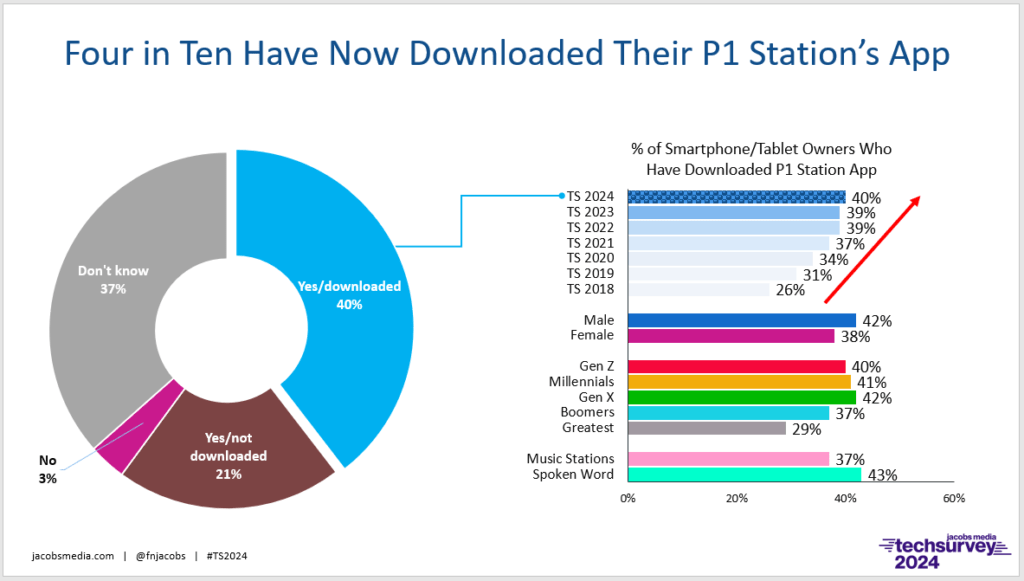
The red arrow shows you how much progress has been made these past few years. COVID was a catalyst for downloading station mobile apps. As consumers found themselves stuck at home – often without a working radio – apps became their radio lifeline.
Now, in 2024, mobile app downloads have reached an all-time high. But as Westwood/Burns point out, we have a long way to go.
 Some additional insights from speaking with jacapps‘ COO Bob Kernen on a topic he knows all too well is that when a station’s mobile app is launched, there’s an initial burst of promotion and marketing activity. But like so many things in our business, that “bright, shiny object” effect kicks in, and a promotional emphasis splinters into many different directions: contests, events, and advertiser campaigns.
Some additional insights from speaking with jacapps‘ COO Bob Kernen on a topic he knows all too well is that when a station’s mobile app is launched, there’s an initial burst of promotion and marketing activity. But like so many things in our business, that “bright, shiny object” effect kicks in, and a promotional emphasis splinters into many different directions: contests, events, and advertiser campaigns.
Meantime, mobile app marketing frequently drops off. Many stations can go entire days or weeks with nary a mention. And of course, that’s a missed opportunity for consumers still very much engaged by radio personalities and content.
As an industry, radio has to make a better, more thorough, and creative effort to support its “apptivities.” As streaming continues to grow across the entire population, mobile apps are a key component in the quest to “meet the audience where they are.”
A look at MSNBC these days is a tutorial on mobile app promotion. Using a series of clear and concise promos – along with near-constant use of QR codes to facilitate mobile app downloads, the cable news network is going all-in to promote their app. Like SiriusXM and their mobile app, these digital strategists have a firm understanding of the power of getting their apps downloaded on millions of smartphones and tablets.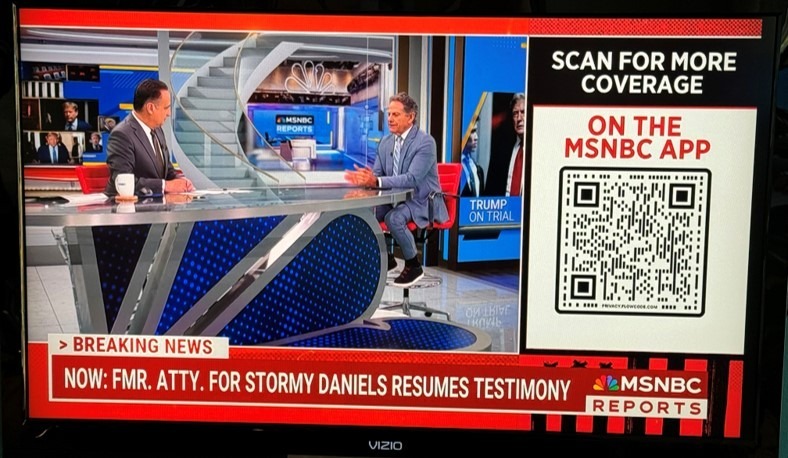
That’s right – free marketing – using QR codes on their channel, an obvious tool radio broadcasters can use in billboards, bus sides/backs, on station websites, and on dashboard screens thanks to metadata.
Another unintended benefit from the pandemic is the growth and ubiquity of QR codes. If you’re paying attention, you’re seeing them pop up everywhere. And why not? TS24 shows that more than three in four (77%) core radio listeners have used them in the past year. They are the pathway to more mobile app downloads.
And in even better news, nearly half these QR code users tells us they’d be interested in using this technology to access their favorite station’s app. What more incentive do you need?
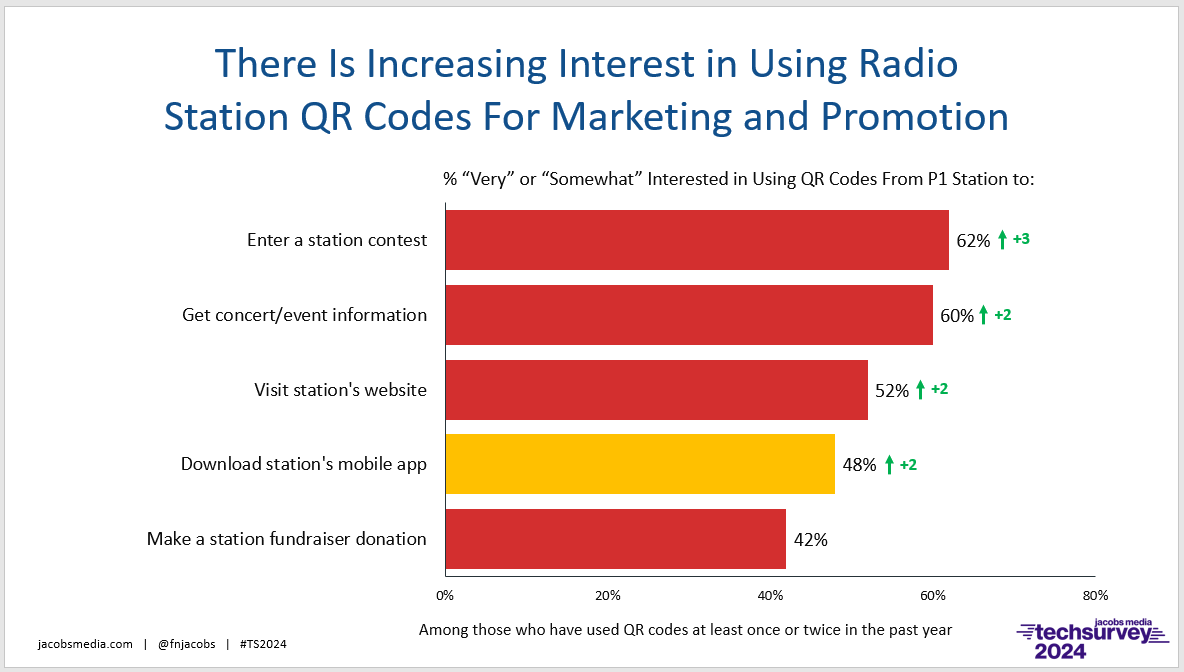
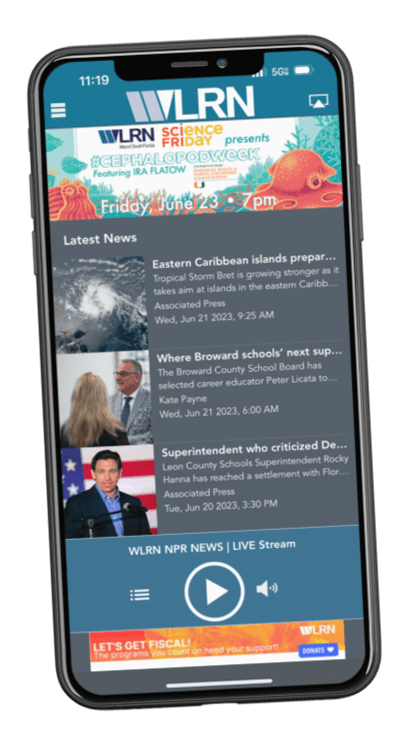 So, the upsides of marketing your station app should be obvious. For the long-term health of your station (and your company), your audience needs to know how they can easily access your content when they don’t have an actual radio handy. And remember that odds are, YOU are not the center of their universe. In addition to being bombarded by gazillions of marketing messages day in and day out, consumers are stressed, harried, hassled, and just trying to keep pace with the careening speed of their lives.
So, the upsides of marketing your station app should be obvious. For the long-term health of your station (and your company), your audience needs to know how they can easily access your content when they don’t have an actual radio handy. And remember that odds are, YOU are not the center of their universe. In addition to being bombarded by gazillions of marketing messages day in and day out, consumers are stressed, harried, hassled, and just trying to keep pace with the careening speed of their lives.
So, dumb it down and make it simple for them to access your station app. Think of it as the 21st century way to get listeners to preset your station on their car radios. Except that a well-designed app will do more than just stream the station. It can be the pathway to your podcasts, your videos, your events, your contests, your listeners’ comments and feedback, and revenue generation via sponsorships, pre-rolls, and ads. If you’re in the public or Christian radio sectors, the app can also double as an instant conduit to donations and even deeper connections with your loyal listeners.
And who knows? You might even have a good spring book.
To access a copy of Alan Burns & Associates / Cumulus / Westwood One’s “What Women Want 2024” study, click here.
To download Jacobs Media’s Techsurvey 2024 webinar, click here.
For information about mobile apps, talk to Bob Kernen at jacapps here.
- What To Do If Your Radio Station Goes Through A Midlife Crisis - April 25, 2025
- A 2020 Lesson?It Could All Be Gone In A Flash - April 24, 2025
- How AI Can Give Radio Personalities More…PERSONALITY - April 23, 2025




Fred:
I couldn’t agree more, especially in a cookieless world where mobile apps are a simple way to gather first-party data. It’s a big ‘miss’ by most organizations.
As noted to other commenters, I don’t understand for the life of me why anyone is waiting to see what will happen.
I am dumbfounded by the number of groups that don’t even have an app. It’s 2024! There are over 300 million smartphones in the US. Why wouldn’t you want to be in the pocket of 300 million people? The smartphone IS the radio!
It is shocking. Techsurvey tells us 94% of core radio listeners own a smartphone. It doesn’t get more “critical mass” than that.
Also, don’t forget that Radioplayer is now officially entering the U.S. market–plus has made some broader announcements recently. I really don’t see a binary choice between aggregator-focused platforms and station/show-specific ones: While each might have specific advantages in some regards, both can serve different (yet still complementary) audiences.
https://radioplayer.org/news/future-audio-our-reflections-nab-show
Our research in Techsurvey clearly shows that while “umbrella apps” like iHeart and TuneIn are popular, most radio fans would rathe have an app for their favorite station. But there’s a lot to be said for your station being everywhere.
I agree about promoting the station app.
However, just wanted to point something out. I was just on the “App” store looking at my favorite station’s app. I was reading the reviews. A listener was commenting about the app not updating the station playlist (which was needed for a contest).
So there is a customer service part of having an app. Someone needs to be tracking the station’s social media and anything else and be ready to address those concerns.
That is as much marketing (and the reputation of the company) as promoting the app.
Couldn’t agree more, Jerry. Like all digital distribution, radio needs to take them seriously and monitor the experience. Just checking off the box on mobile apps (or anything else) will come back to bite.